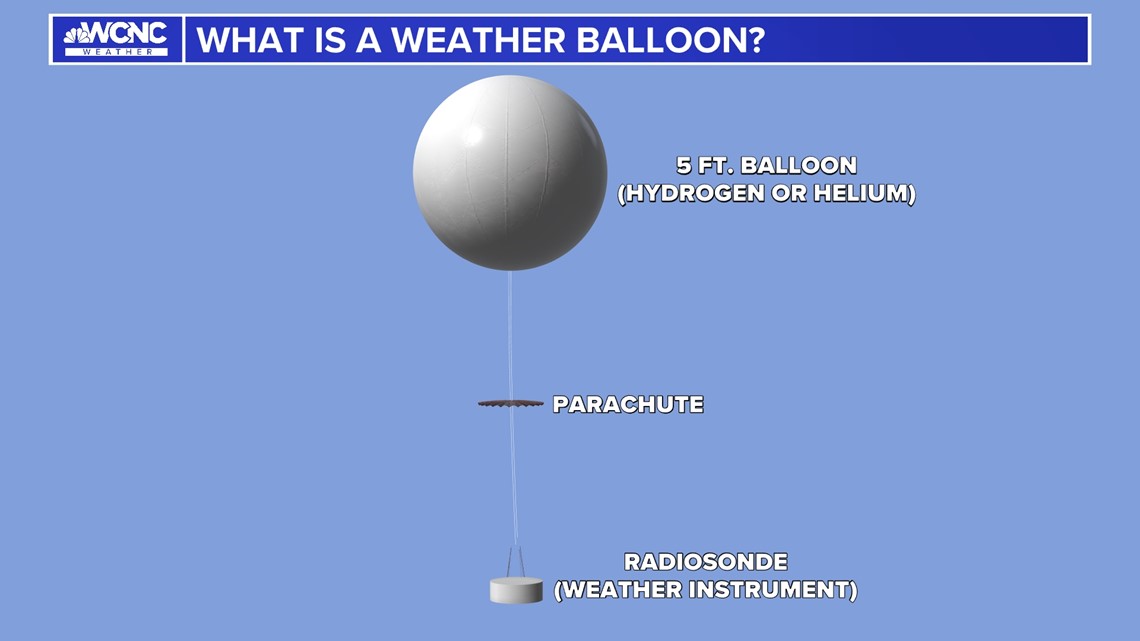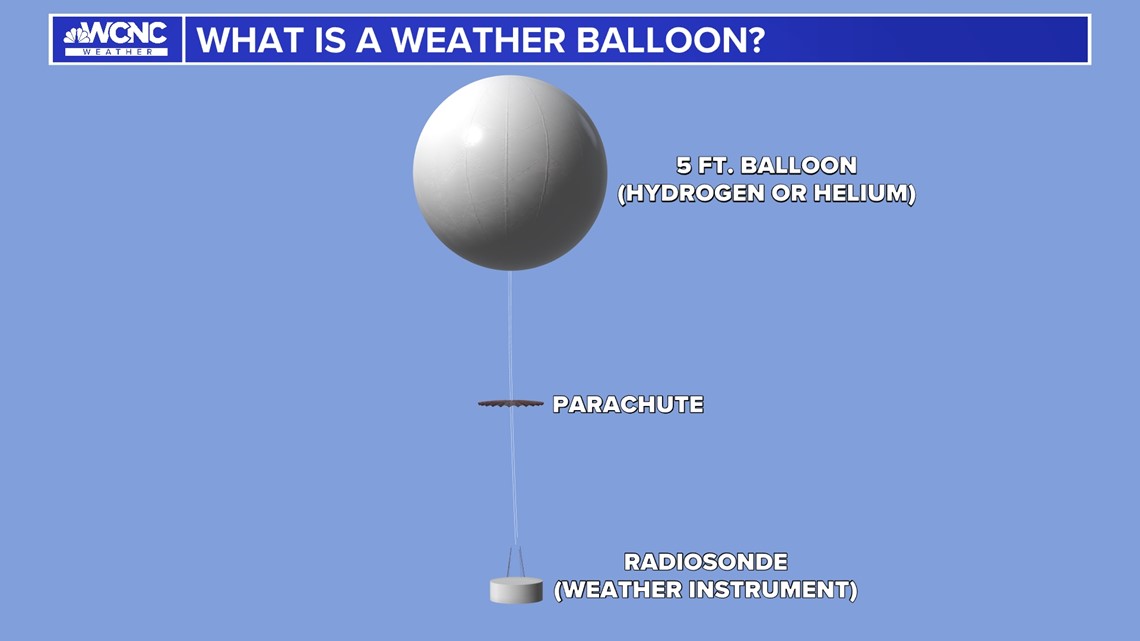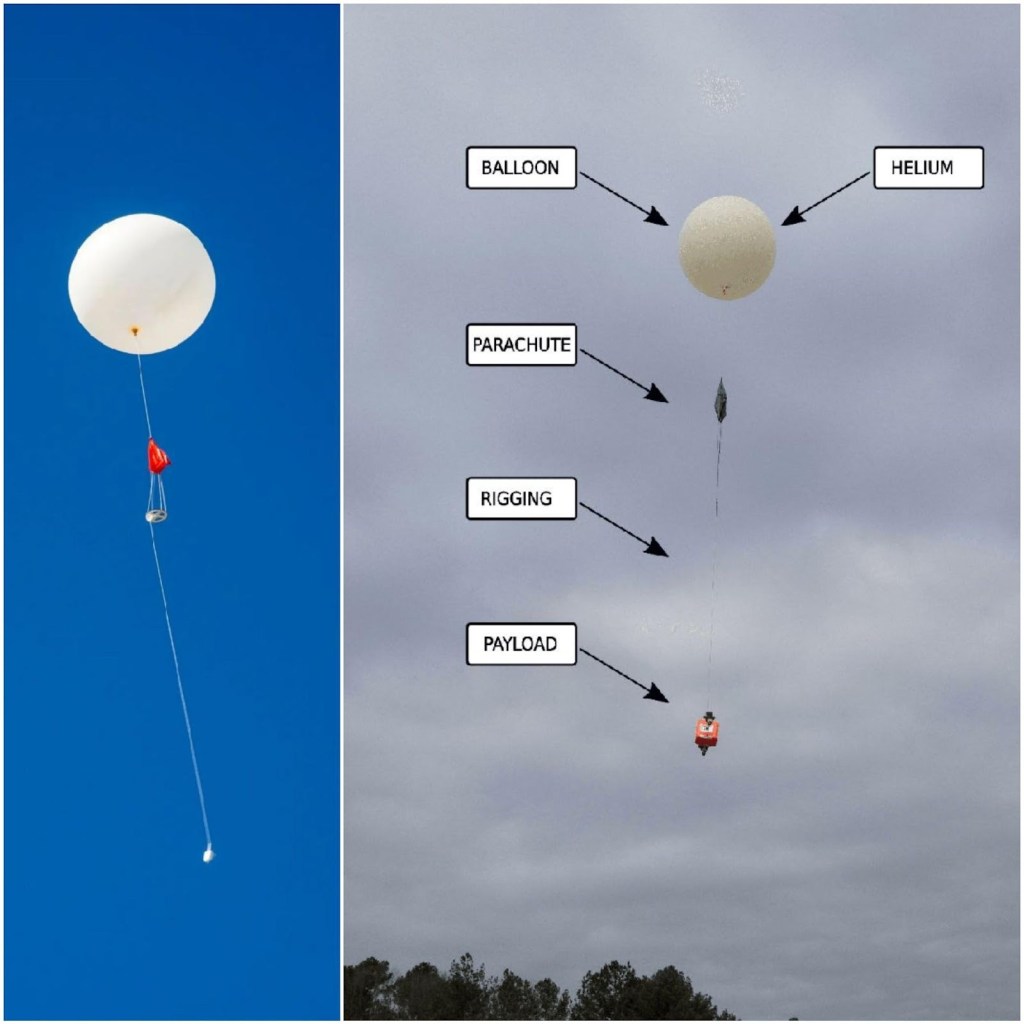Alright folks, settle in. Remember that insanely windy weekend? Well, I couldn’t help but stare up at the sky, all turbulent and messy, and just think: “How in the world do we know what it’s doing way up there?” I mean, weather forecasts tell us it’ll be breezy, but what’s actually happening miles above my head? That nagging question just wouldn’t leave me alone. So, I decided, right then, I was gonna find out. Forget just googling it; I needed to do it myself. Send something up. Simple as that.

Figuring Out the “Why”
Obviously, the first stop was diving online, reading a pile of articles and forum chats late into the night. What jumped out was this: weather balloons are basically the workhorses for gathering key atmospheric intel. Forecasters need that raw data, directly from the air itself. Not guessed, not inferred from the ground, but measured exactly where it matters. So yeah, the “why” became crystal clear: ground weather is just one piece; the real picture is painted high above us.
Gathering My Gear
Okay, mission accepted: build a basic weather balloon payload. What does it actually need to measure? My research boiled it down to the essential trio:
- Temperature: Yeah, that’s a no-brainer. How hot or cold it gets as you go up.
- Air Pressure: Feeling the squeeze of the atmosphere pressing down? This gauge does the same.
- Humidity: How much water vapor is hanging around? Vital for predicting storms.
I tracked down a DIY electronics supplier online. Found a little sensor module – basically a tiny circuit board – that claimed it could handle all three measurements. Perfect. Added a puffy balloon (the largest one I could easily get), some sturdy string, and crucially, a lightweight phone tracker so I wouldn’t lose everything. Total bill: less than that fancy coffee machine I wasted money on last year.
The Build Day (Messy Edition)
Day arrived. Spread everything out on the kitchen table. First task: programming the sensor. Hooked it up to my laptop. Downloaded some open-source code someone far smarter than me wrote. Loaded it onto the sensor, hoping it understood its mission: “Measure these things and report back.” Fingers crossed.
Then came the physical build. Had to make sure everything was protected but light. Used a small, simple plastic sandwich container – lightweight, cheap. Carefully stuffed the sensor module inside. Secured it with foam bits I salvaged from packaging. Connected the tracker next to it. Lots of fiddling, making sure nothing rattled or shorted out. Sealed the container shut tight. Probably used way too much tape. Then came the tricky part: attaching the long string to the container, and then tying the other end securely to the balloon itself. Felt like a kid again, but with slightly higher stakes.

Launchpad Chaos
Drove out to a big, open field early Sunday morning. Wind wasn’t as bad as forecasted, thankfully. Unpacked everything carefully. Now for the slightly scary part: filling the balloon with helium. Got a small tank. That giant balloon gulped down the helium surprisingly fast. Tied the neck off tightly, double-knots, triple-knots. Holding onto that giant, floating pear felt surreal. Deep breath.
Countdown was basically me muttering: “Alright, let’s hope this works.” And… I let go.
Whoosh! Up it went, surprisingly fast! Stood there shielding my eyes from the sun, watching the little container dangling underneath shrink into a dot against the blue sky. Relief. And then, anticipation. Had to constantly check the phone app linked to the tracker. Please stay connected, please stay connected…
Chasing & Cracking the Data
The tracker held! Drove after the little dot on my map, leading me across fields and down country roads. Finally saw the little container swinging from a tall bush on a farmer’s property way out. Got permission (thankfully, nice folks!). Retrieved it, slightly scuffed but intact. Success!
Rushed home, plugged the sensor module back into the laptop. Scrolled through the log file it saved during the flight. Hundreds of lines of numbers – timestamps, temperature, humidity, pressure values. It worked!

This wasn’t science-class fancy, but seeing that raw data tell its own story? Awesome. Saw the temperature steadily drop, drop, drop as the balloon climbed. Saw the air pressure readings get smaller and smaller – less air squishing down from above. The humidity bounced around more than the others, probably hitting different layers of air.
The “Aha!” Moment
Staring at those numbers on my screen, it clicked. The “what” it measures is the raw ingredients of our atmosphere at different heights. Meteorologists take thousands of these profiles daily from all over the world. They feed this data – temperature at 500 meters, pressure at 1000 meters, humidity at 8000 meters – into huge computer models. It’s the only way to figure out how those layers interact and predict what mess (or lovely sunshine) that churning air machine above us might cook up next.
My little plastic box floating up? It gave me a tiny glimpse of that massive, invisible system doing its thing. Totally worth the effort, the mild chaos, and the phone tracker’s battery draining like crazy. Would I do it again? Heck yeah, maybe even try a little camera next time!
